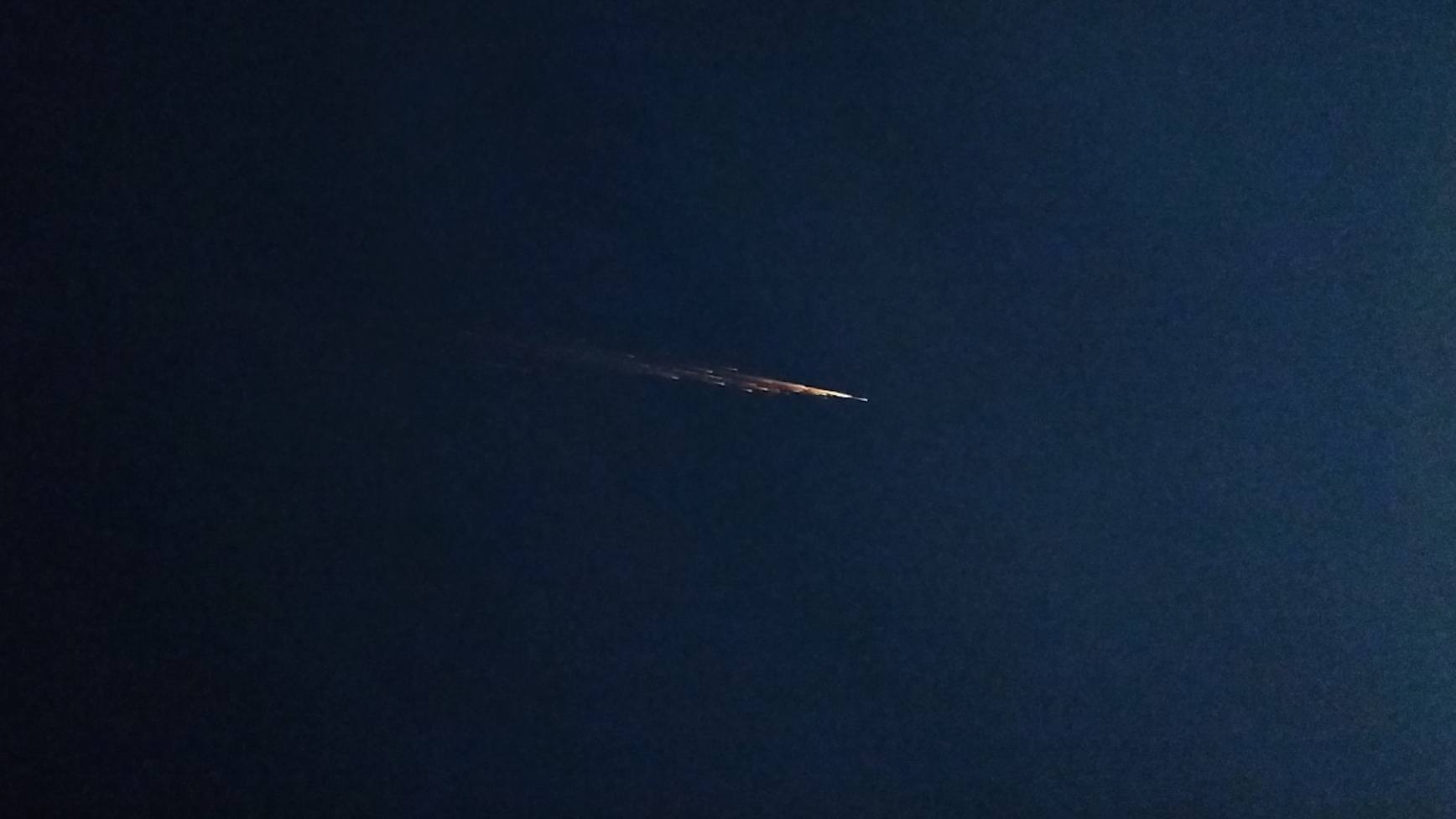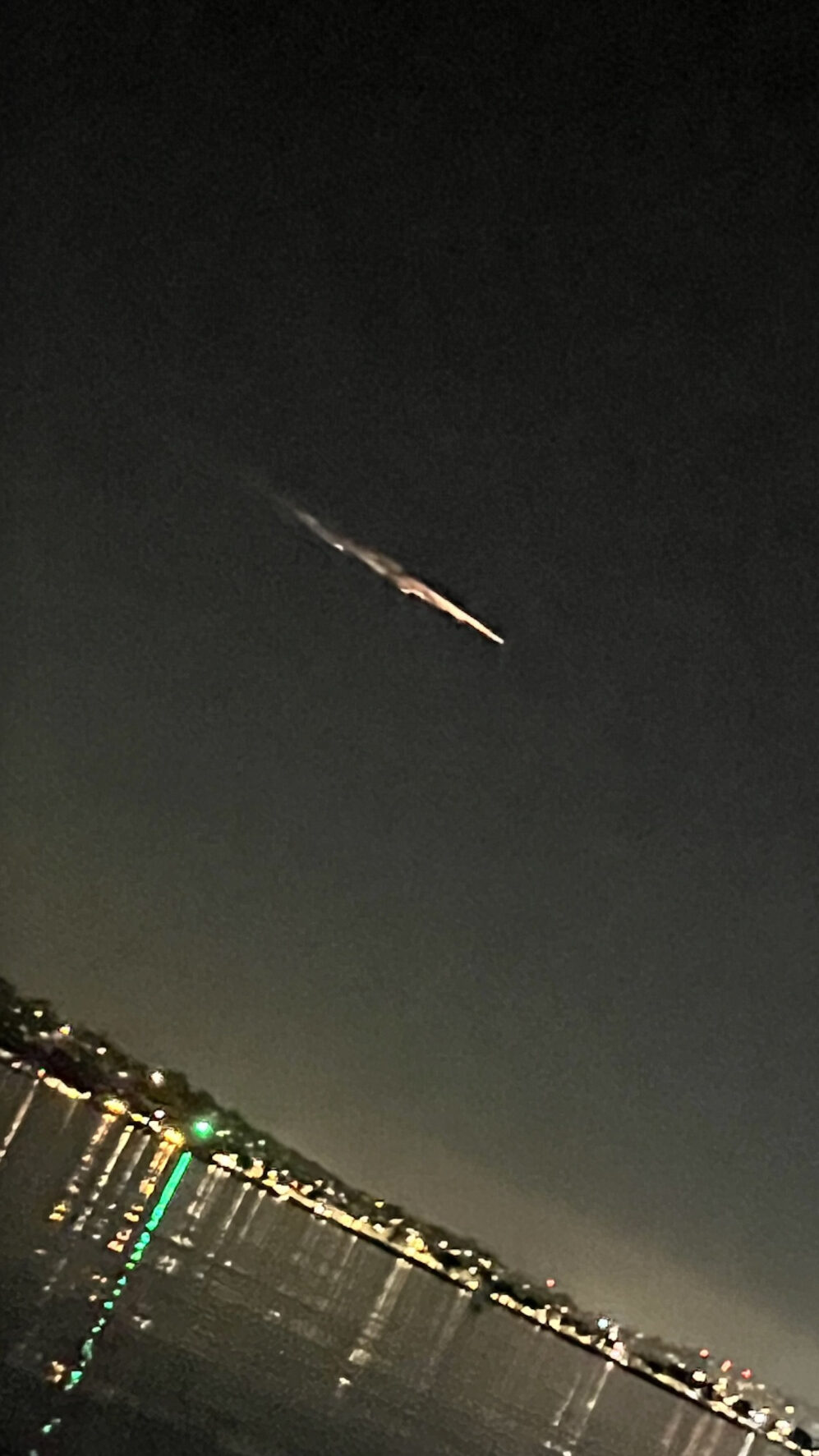In the predawn morning, a celestial spectacle unfolded over Southern California, fascinating the eyes of observers across the state. The blazing fireball that pierced the heavens was falling to the Earth with great speed. This dramatic event marked the entry into the atmosphere of a large fragment of space debris, which caught fire from friction against the atmosphere at a speed of about 20 thousand km/h.

When a fireball lit up the night sky on April 2 at about 1:40 a.m. local time, there were many suggestions among witnesses about its origin. Some speculated that it could be a remnant of SpaceX equipment, because a few hours earlier, the Starlink Internet satellites were launched from the Vandenberg Space Force base.
The burning fragment was identified as the orbital module of the Chinese spacecraft Shenzhou 15, which was confirmed by astrophysicist and satellite tracking specialist Jonathan McDowell. This module is an important component of China’s space activities, and has orbited the Earth since November 2022 since it was undocked from the Tiangong Space Station.

The Shenzhou 15 orbital module, weighing about 1.5 tons, served as an extension of the living and working space for astronauts on the Chinese space station. Unlike the reentry module, designed to safely deliver astronauts to Earth, the orbital module was not designed to withstand enormous temperatures when entering the atmosphere. Therefore, the completion of its mission happened in such a spectacular way.
It is noteworthy that this event was neither the first nor the largest case of burning Chinese space debris falling into the Earth’s atmosphere. Periodic falls of significant fragments, in particular the 23-ton main stage of the Chinese Long March 5B rocket, have caused discussions and concern in the global space community about the safety and responsibility of the Chinese space program.
Representatives of NASA and the European Space Agency (ESA) have already expressed concerns about the uncontrolled nature of such falls, calling them “irresponsible and potentially dangerous.”
Earlier, we reported on how the Chinese Long March 5B rocket fell into the sea.
According to space.com
Follow us on Twitter to get the most interesting space news in time
https://twitter.com/ust_magazine


